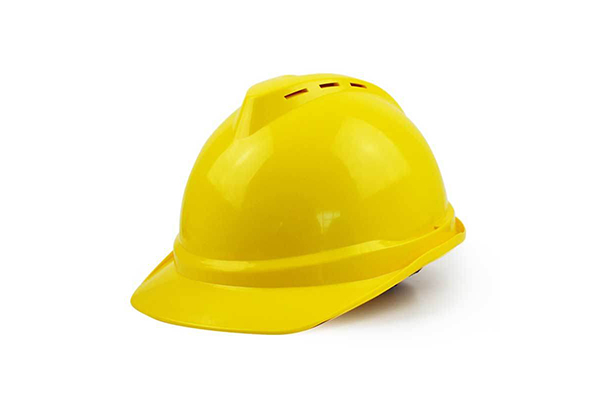Safety Helmet Types: Which One is Right for Your Needs?
Safety helmets are critical personal protective equipment (PPE) that safeguard workers against head injuries caused by falling objects, impacts, and other workplace hazards. With various designs and features, choosing the right helmet type is vital for ensuring safety and compliance in specific environments. Here, we will delve into the main types of safety helmets and their applications across industries.
Why Are Safety Helmets Important?
Safety helmets protect workers from:
- Falling Objects
- Impacts with Stationary or Moving Objects
- Electrical Hazards
- Exposure to Harmful Substances
Regulations like OSHA (Occupational Safety and Health Administration) mandate the use of safety helmets in hazardous work environments, emphasizing their importance in workplace safety.

Types of Safety Helmets
1. Industrial Safety Helmets
Industrial safety helmets are among the most common types, designed to protect against falling objects and other general workplace risks.
Features:
- Hard Shells: Typically made from high-density polyethylene (HDPE) or ABS plastic for robust protection.
- Chin Straps and Suspension Systems: Provide a secure fit and reduce the force of impact.
- Customizable Options: Often include slots for accessories like visors, earmuffs, or lamps.
Common Applications:
- Construction Sites
- Mining Operations
- Manufacturing Facilities
Standards such as ANSI Z89.1 and EN 397 govern these helmets’ performance.
2. Climbing Helmets
Climbing helmets are designed for high-altitude work, including tower maintenance, scaffolding, and tree surgery.
Features:
- Lightweight Construction: Combines comfort with durability.
- Enhanced Chin Straps: Prevent helmets from falling off during a climb or fall.
- Ventilation: Reduces heat buildup during prolonged use.
Common Applications:
- Telecommunications Industry
- Wind Energy Sector
- Rope Access Technicians
Look for compliance with standards like EN 12492 for climbing helmets.
3. Electrical Safety Helmets
Electrical safety helmets protect against electrical shocks and burns, making them indispensable in electrical and utility industries.
Features:
- Non-Conductive Materials: Prevent electricity from transferring to the wearer.
- Insulated Design: Certified to withstand specific voltage levels.
Common Applications:
- Electrical Line Maintenance
- Utility Work
- Power Plant Operations
Ensure compliance with ANSI Z89.1 Type I, Class E or EN 50365 for proper protection.
4. Welding Helmets
Welding helmets shield the face and eyes from intense light, sparks, and molten materials.
Features:
- Auto-Darkening Lenses: Adjust lens tint to protect against harmful light.
- Full-Face Coverage: Includes built-in shields to protect from burns and UV radiation.
Common Applications:
- Metal Fabrication
- Automotive Industry
- Shipbuilding
5. Bump Caps
Bump caps are lightweight helmets that provide minimal protection, primarily for environments where the risk of head injuries is low.
Features:
- Low-Profile Design: Fits comfortably and doesn’t obstruct movement.
- Foam Inserts: Provide protection against minor bumps and scrapes.
Common Applications:
- Warehouses
- Food Processing Facilities
- Assembly Lines
These caps comply with EN 812 standards.
6. Firefighter Helmets
Firefighter helmets are specialized for extreme conditions, offering protection against heat, impact, and chemical exposure.
Features:
- Heat-Resistant Materials: Withstand high temperatures without deformation.
- Face Shields: Protect against flames, sparks, and debris.
- Integrated Lighting Systems: Enhance visibility in dark, smoky conditions.
Common Applications:
- Fire Departments
- Chemical Plant Emergencies
- Rescue Operations
Standards such as NFPA 1971 ensure the quality of these helmets.

Choosing the Right Helmet for Your Needs
When selecting a safety helmet, consider:
- Industry Standards: Ensure compliance with relevant regulations.
- Environment: Match helmet features to workplace conditions (e.g., heat, height, or electrical exposure).
- Comfort: Opt for adjustable and well-ventilated designs to encourage use.
- Durability: Invest in helmets built from high-quality materials for extended protection.
Conclusion
Safety helmets are a non-negotiable aspect of workplace safety. By understanding the different types of safety helmets and their uses, businesses can ensure their workers remain protected and compliant.
RoadSky and Safety Helmet
For more information on industrial PPE and safety equipment, contact our team of experts. We’ll help you choose the right safety helmet for your industry needs!

